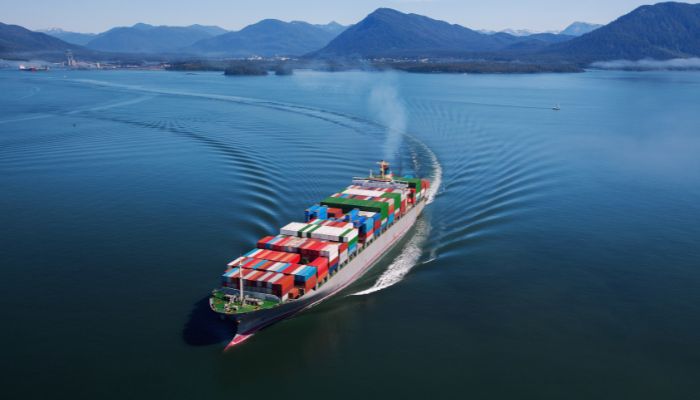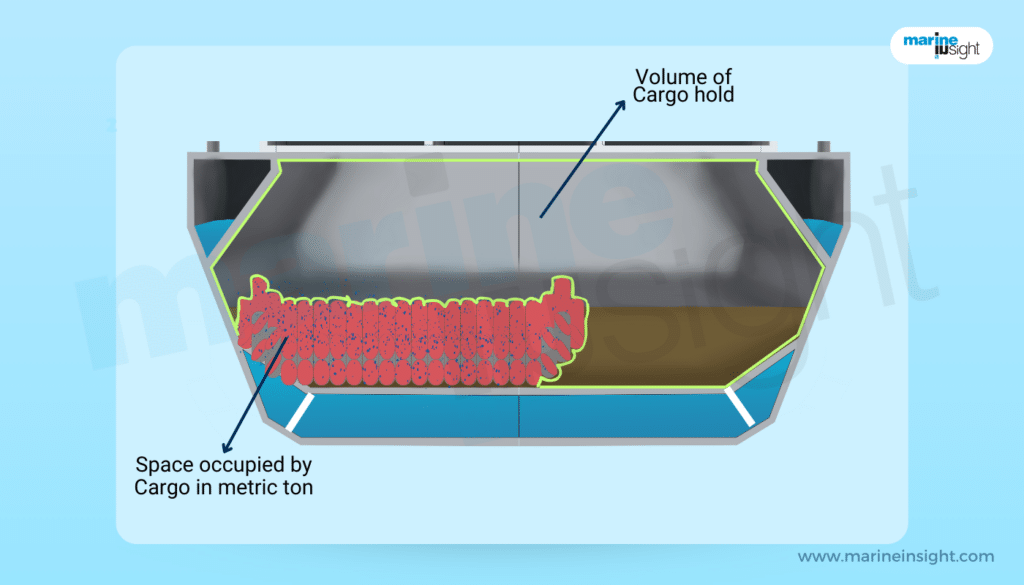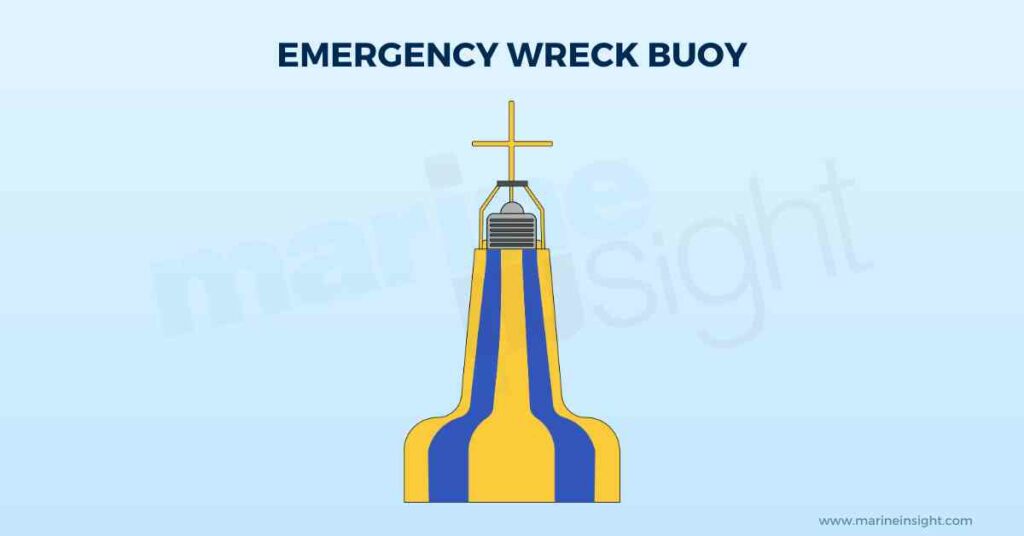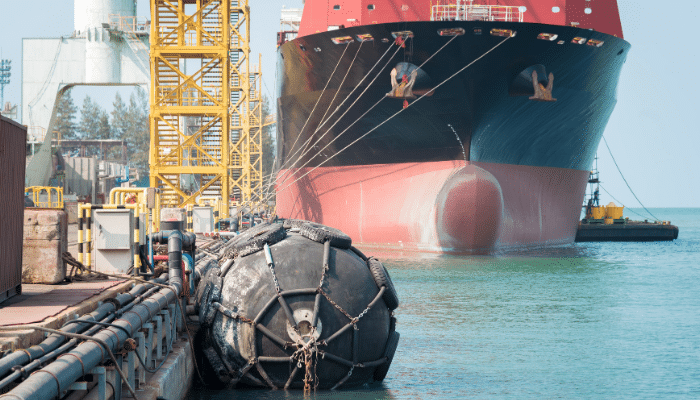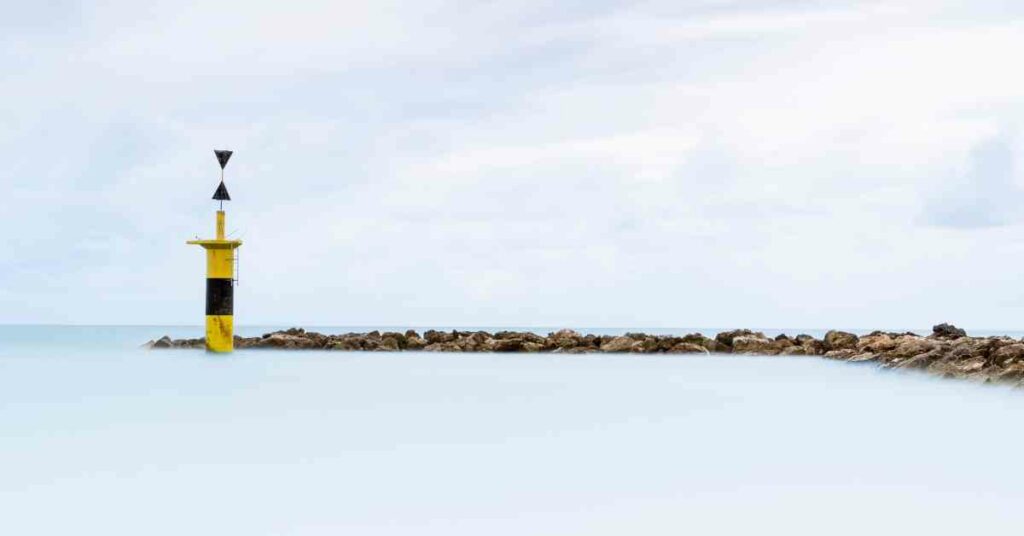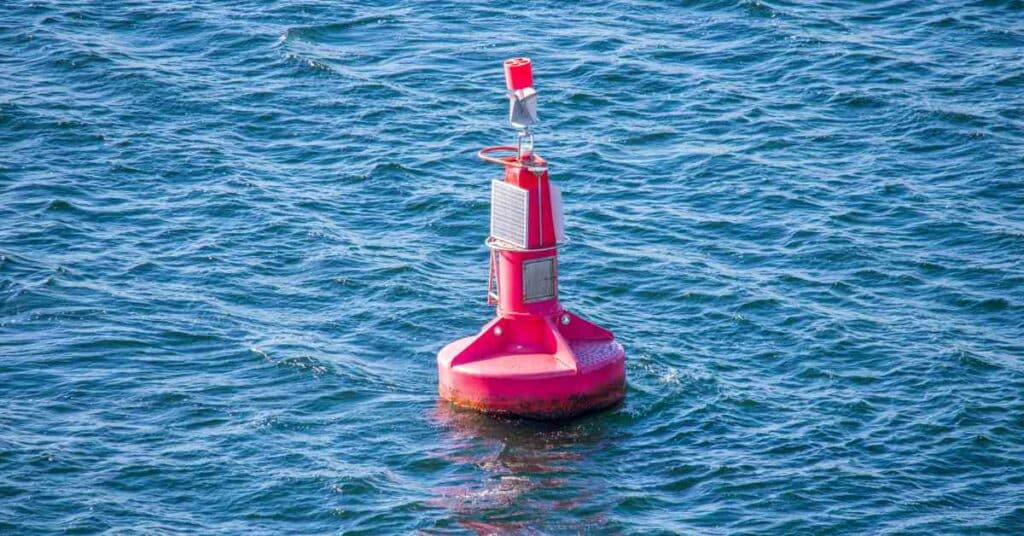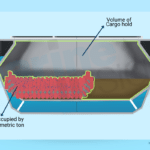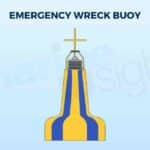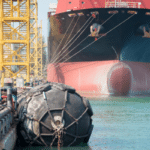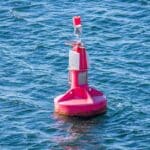Understanding Turning Circle Of A Ship
Manoeuvring is one of the critical aspects of any vessel. It is defined as the capability of a ship to change its course or heading from its previous trajectory. Any ship must be able to turn or change its directional sense as and when required. The requirements can be:
- Changing its course or heading from time to time.
- Changing its direction of voyage or route due to weather, uncongenial sea conditions, or internal reasons about the ship itself
- Maintaining a desired course or trajectory.
- Sailing in meandering courses like rivers, channels, canals, etc.
- Avoiding obstacles like landmasses, bergs, reefs, offshore structures, and other vessels
- Circling some point like a port or terminal or an island due to unavailability of berths, tidal conditions, rough sea or weather conditions, or marine traffic.
After the vessel is launched, manoeuvring trials take place as a part of the sea trials and help assess the vessel’s manoeuvring ability and performance under different modes of operation. These manoeuvring trials are based on the plausible manoeuvres the ship must undergo during its lifetime under different situations it may encounter.
As per the guidelines for manoeuvring trials from the MSC 76 codes of IMO, all sea-going vessels above 100 metres in length are required to undergo these manoeuvring trials. And irrespective of length, all gas and chemical tankers must undergo them after launching and before delivery to the client.
All planning and high-speed crafts are exempted from the requirements of manoeuvring trials as they have entirely different hydrodynamics of motion. Some common manoeuvring trials are turning circle, zig-zag, spiral, reverse-spiral and full astern stopping tests.
As we had already mentioned in one of our previous articles, the following conditions are required during performing sea trials:
- Deep and unrestricted waters
- Calm weather conditions free from any disturbance and a normal sea state. Also, no form of random tidal fluctuations.
- Full load and even keel condition
- A constant steady approach speed, usually the design service speed of the vessel. As per IMO Annex 6 internal guidelines, the vessel’s speed under consideration should be kept around 90% of the design service speed, and the main engine or propulsor power should be at least 85% of the maximum rated output for all practical purposes.
- Preferably open waters and free from any kind of marine traffic and other forms of obstructions.
Unlike resistance and propulsion, where most of the tests to obtain the vessel’s hydrodynamic characteristics are done on scaled-down small models in tanks or tunnels, and full-scale trials are not mandated, this is not the case for manoeuvring trials.
Per IMO guidelines, even if a vessel under the aforementioned categories has trials conducted in model scale, it must undergo full-scale trials after the ship is fully ready. Moreover, the results from the model and full-scale trials should be congruent with some minor differences within acceptable limits. In other words, for most ships, model tests for manoeuvring are redundant. However, there are certain guidelines specified by ITTC for these tests on the model scale.
What is a Turning Circle?
Imagine driving your car on empty, flat ground. Slowly start turning the steering wheel and keep it fixated at a certain position. The car turns in the direction where the wheel is turned and starts making a circle of radius.
Or even simpler, start running on a football field or an open ground. Start turning towards a side. If you do not turn forward again, you tend to keep going in circles about the same point, isn’t it? That’s the simple law of nature: any finite object constantly tending to turn towards a particular side makes a circular trajectory!
But from the simpleton laws of nature again, the smallest circle traced by any object or body is directly related to the size of the body. In other words, the minimum radius or diameter of the circle traced by a turning body increases with size because this depends on the locus of the centroid of the moving body. From common sense, the smallest circle traced by you running on a field will be far smaller than a constantly turning SUV!
For a vessel, the turning circle measures its turning ability as the extent of the smallest circle made by applying a constant turning moment. In simpler words, it determines the ease or rapidness with which a floating vessel can swerve or veer past any obstacle.
As obvious, a small boat encountering an obstruction shall be able to evade the same much more quickly than a bulk carrier. In a technical sense, the turning circle of a ship is the locus traced by the vessel’s pivot point while applying a definite turning moment towards a particular side.
This turning moment, as we know, is caused by the application of a rudder force or any other turning mechanism it has. So, when a certain angle turns the rudder to a particular side, it exerts a moment that manifests itself in causing the vessel to turn in that same direction.
Stages Of Turning
What are the stages of turning?
- When the rudder is applied at a particular, it creates a rudder moment which causes the vessel to turn in the direction in which the rudder is applied. The interplay of various hydrodynamic phenomena defines the physics of turning. The altered pressure patterns on the hull cause angular acceleration for turning.
- After a certain point, the vessel makes a 90-degree or right angle with the original heading direction.
- A balance of all forces, moments and pressures leading to all unbalanced accelerations becoming zero and the turning attaining a steady state. Now, at the geometric centre of the circle, it is about to trace a centrifugal force in action.
- The vessel starts moving in a circle of constant radius. The ship will continue to turn in the same steady state if no rudder moment is applied.
Factors Affecting The Turning Circle
Now, let us explore the factors influencing the vessel’s turning circle considering a fixed turning moment.
- Size and extent of the vessel
- Hull-form
- Draft and trim the vessel
- Available depth
- Propulsion and machinery
- Rudder moment applied
- Displacement and cargo distribution
- Speed
- External forces and wind conditions
Once again, as we know, the greater the size, the larger the turning circle and vice-versa. However, the hull form also has a vital role to play. The finer the underwater hull form, the greater the turning circle. So, a container ship or frigate will subtend a larger circle while turning compared to a bulk carrier of the same length at the same speed, rudder moment, and sea conditions.
The depth of the waters and the vessel’s draft also play a crucial role in the resultant turning moment of a ship. Due to the lesser clearance between the bottom of the vessel and the river or seabed for shallow waters, the flow patterns and the entire hydrodynamics is affected. Because of reduced underwater clearance, there is a pressure buildup leading to higher resistance values. Moreover, wave patterns are created at the fore and aft regions. Furthermore, there is a dramatic reduction in speed.
The culmination of all these factors leads to a greater increase in the force parameters and a greater degree of effort to turn the effort. This translates to a larger turning circle. Similarly, the greater draft of a vessel also creates a greater turning circle. It has also been observed that when there is a trim by the stern, the diameter of the turning circle also increases considerably for the vessel. Conversely, the turning circle diameter decreases when there is a trim by bow.
This can be explained by the simple physics that, as for most vessels, the pivot point or geometric centroid is skewed aftward of the midship because of their hull form; for trim by aft, the adequate draft concerning this point is higher as compared to the trim by condition. And we already know that the turning circles for any vessel are directly proportional to the depth and draft.
Displacement and speed also play a significant role in determining the turning circle of the vessel. This is from simple Newtonian principles of inertia: the higher the motion and greater the mass. The more the tendency for a body to remain in its previous state, the higher the effort is required to turn, translating to an increased turning circle diameter.
Lastly, the turning circle or the turning tendency is also affected by external conditions, as expected. In rougher sea states and weather conditions, the effort required to turn the vessel increases manifold due to increased hydrodynamic and wind forces and pressures. For ships with larger superstructures, the wind resistance is more due to a greater surface area, negatively affecting the momentum required for turning. Hence, the turning circle diameter increases again.
You might also like to read-
- What Is A Ship Trim?
- How Does A Rudder Help In Turning A Ship?
- Ship Motions – The Ultimate Guide
- Types of Rudders Used For Ships
Disclaimer: The authors’ views expressed in this article do not necessarily reflect the views of Marine Insight. Data and charts, if used, in the article have been sourced from available information and have not been authenticated by any statutory authority. The author and Marine Insight do not claim it to be accurate nor accept any responsibility for the same. The views constitute only the opinions and do not constitute any guidelines or recommendations on any course of action to be followed by the reader.
The article or images cannot be reproduced, copied, shared, or used in any form without the permission of the author and Marine Insight.
Do you have info to share with us ? Suggest a correction

About Author
Subhodeep is a Naval Architecture and Ocean Engineering graduate. Interested in the intricacies of marine structures and goal-based design aspects, he is dedicated to sharing and propagation of common technical knowledge within this sector, which, at this very moment, requires a turnabout to flourish back to its old glory.
Latest Marine Navigation Articles You Would Like:
Subscribe To Our Newsletters
By subscribing, you agree to our Privacy Policy and may receive occasional deal communications; you can unsubscribe anytime.



